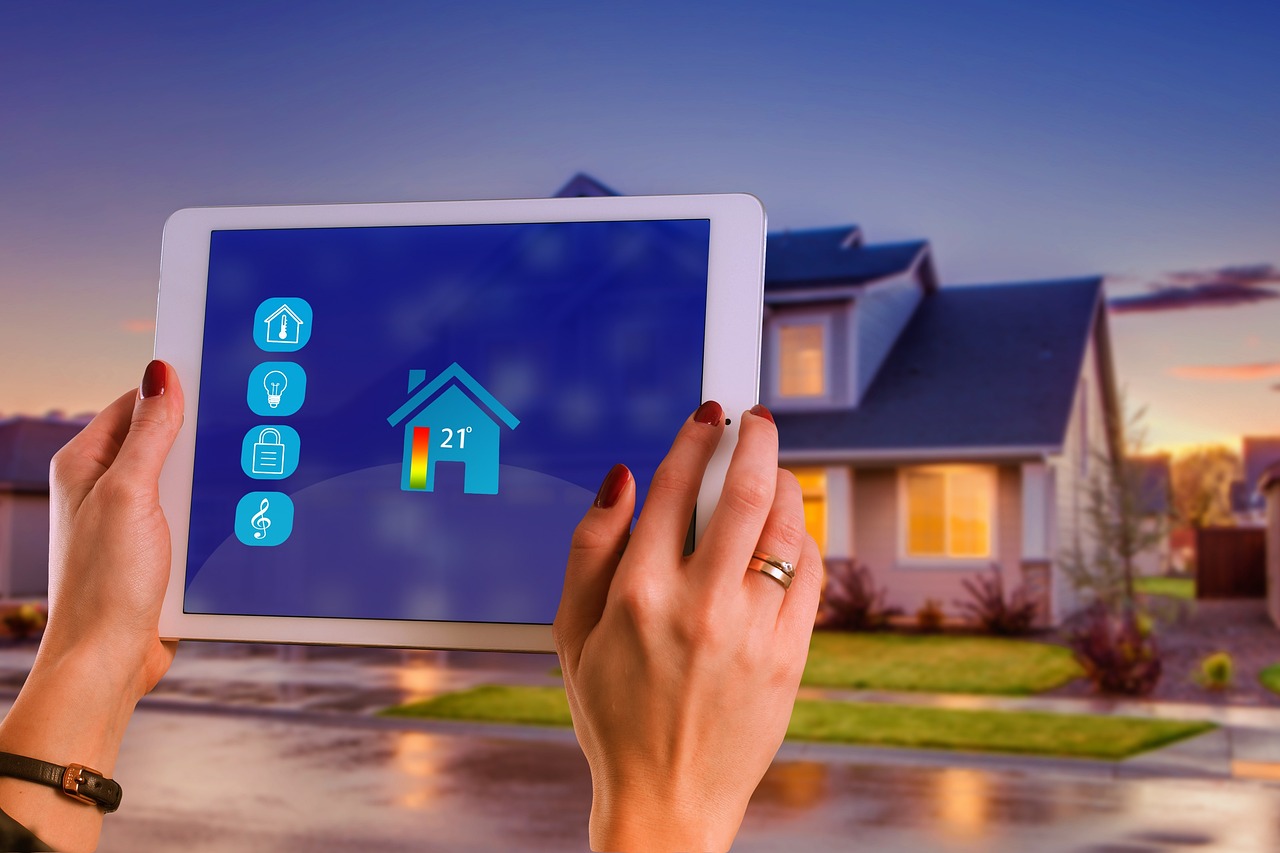Featured
Smart Buildings Save Up to €14 Billion, €230 Per Capita Per Year
The report shows that the construction of smart buildings would benefit the environment from several points of view: energy consumption would be reduced by 20-24%, water consumption by 4-5%, and emissions from the construction of smart homes would be reduced by 19-28%. Every year, therefore, each individual would come to save about €230 net.

Smart buildings not only represent an investment in efficiency but, according to the Community Smart Building Strategic Report prepared by The European House-Ambrosetti, would save up to €14 billion, or 20-22 percent of Italian household bills in 2022 for a gain of about €230 net per capita.
If you want to find more details about smart buildings and to read the latest business news of the day download for free our companion app Born2Invest.
Research findings
The report shows that the construction of smart buildings would benefit the environment from several points of view: energy consumption would be reduced by 20-24%, water consumption by 4-5%, and emissions from the construction of smart homes would be reduced by 19-28%. Every year, therefore, each individual would come to save about €230 net. Easy to say but hard to do because if investing in the conversion and renovation of buildings represents, in the near future, an important opportunity to reach the European decarbonization goals, Italy is still far off.
In fact, more than half of Italy’s buildings (56 percent) turn out to be energy class “F” and “G,” which consume a large amount of energy. “Italy boasts excellent competencies in the extended Smart Building value chain (e.g., for construction, design, electrical equipment, etc.),” comments Lorenzo Tavazzi, partner at The European House – Ambrosetti and head of the Smart Building Community.
“This development can represent a very important industrial and competitiveness opportunity for our country. However, to foster this ‘revolution’ it is necessary to identify associated standards so that we can establish an unambiguous definition of Smart Building and a balanced, long-term model of investment support with integrated and coordinated governance of policy competencies.”
Which technologies to deploy for smart buildings
An estimated 120 smart technologies were estimated to be deployed for efficient and smart transformation from digital and management applications to Building Management Systems: from integration and control platforms to security to air conditioning to lighting to energy production and water management. Specifically, smart buildings rely on technologies such as Building Management Systems (BMS) and digital and management applications that, through integration and control platforms, are able to interact and integrate with technologies and products within the building.
These include energy generation and distribution systems, connectivity, cooling and heating, security, water resource management, lighting, comfort and well-being, sensors and actuators, elevators, and smart meters. But to put this virtuous process into action, The European House – Ambrosetti has identified 3 key strategies: setting standards to establish an unambiguous definition of “smart building,” developing an operating model for investment sustainability, and fostering industrial supply chains and innovation ecosystems.
__
(Featured image by geralt via Pixabay)
DISCLAIMER: This article was written by a third party contributor and does not reflect the opinion of Born2Invest, its management, staff or its associates. Please review our disclaimer for more information.
This article may include forward-looking statements. These forward-looking statements generally are identified by the words “believe,” “project,” “estimate,” “become,” “plan,” “will,” and similar expressions. These forward-looking statements involve known and unknown risks as well as uncertainties, including those discussed in the following cautionary statements and elsewhere in this article and on this site. Although the Company may believe that its expectations are based on reasonable assumptions, the actual results that the Company may achieve may differ materially from any forward-looking statements, which reflect the opinions of the management of the Company only as of the date hereof. Additionally, please make sure to read these important disclosures.
First published in StartupItalia, a third-party contributor translated and adapted the article from the original. In case of discrepancy, the original will prevail.
Although we made reasonable efforts to provide accurate translations, some parts may be incorrect. Born2Invest assumes no responsibility for errors, omissions or ambiguities in the translations provided on this website. Any person or entity relying on translated content does so at their own risk. Born2Invest is not responsible for losses caused by such reliance on the accuracy or reliability of translated information. If you wish to report an error or inaccuracy in the translation, we encourage you to contact us.

-

 Fintech1 week ago
Fintech1 week agoKraken Acquires Backed Finance to Boost RWA Strategy Ahead of 2026 IPO
-

 Business4 days ago
Business4 days agoMarkets Now Appear Steady, but Cracks Are Forming Beneath
-

 Biotech2 weeks ago
Biotech2 weeks agoPharma-Biotech Program Showcases Spanish Innovation and Strengthens Biomedical Collaboration
-

 Impact Investing1 day ago
Impact Investing1 day agoGlobal Rift Over Fossil Fuels Blocks UN Environmental Agreement















